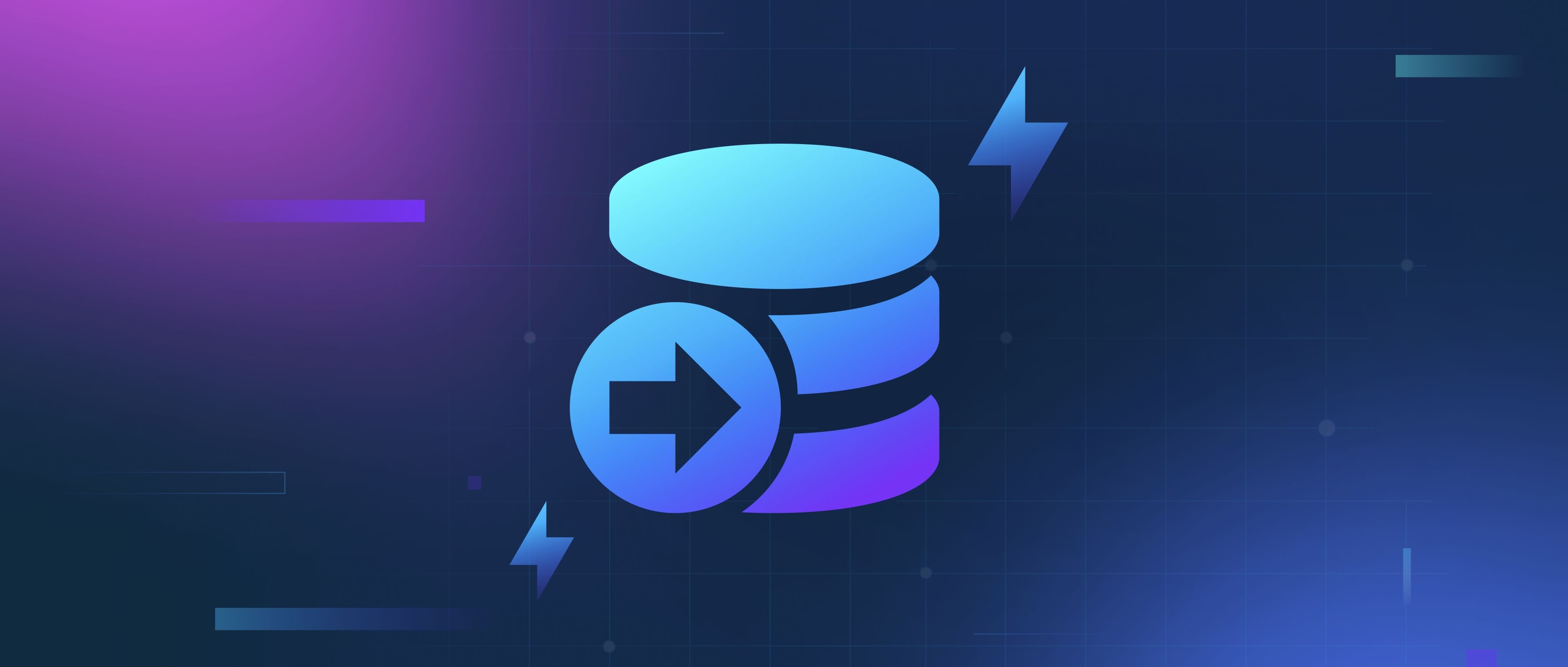Amazon Bedrock can be used to build a question-and-answer (Q&A) system for a company’s internal knowledge base by leveraging its managed foundation models (FMs) and integration with AWS services. The process involves ingesting and indexing documents, creating a retrieval mechanism, and using generative AI to synthesize answers. Here’s how it works:
1. Data Ingestion and Embedding Generation First, internal documents (e.g., PDFs, wikis, or Confluence pages) are stored in an Amazon S3 bucket. Bedrock’s Knowledge Bases feature automates the process of chunking text, generating embeddings (vector representations of text), and storing them in a vector database like Amazon OpenSearch Serverless or Aurora PostgreSQL with pgvector. For example, the Amazon Titan Embeddings model converts phrases like "How to reset a password" into numerical vectors. This allows semantic search, where queries match context even if keywords differ from the source text.
2. Retrieval-Augmented Generation (RAG) When a user submits a question, Bedrock’s Agents use the vector database to retrieve the most relevant document snippets. For instance, a query like "Trouble accessing VPN" might retrieve IT documentation about authentication steps. The retrieved context is then passed to a generative FM like Anthropic Claude or Cohere Command, which synthesizes a concise answer. Bedrock’s API handles this orchestration, ensuring the model adheres to guardrails (e.g., avoiding hallucinations by grounding responses in the retrieved data).
3. Security and Customization Bedrock ensures data isolation by processing documents within the company’s AWS account. Access is controlled via IAM policies, and data remains encrypted. You can fine-tune responses by adjusting the FM’s temperature (creativity vs. factuality) or adding prompt templates like "Answer in under 100 words using only the provided IT guidelines." For auditing, CloudWatch logs track user queries and model responses, while Bedrock’s built-in toxicity filters block inappropriate questions.
Example Workflow A support engineer asks, "How to handle a server outage?" Bedrock’s Knowledge Base retrieves incident management playbooks, and Claude generates a step-by-step answer: "1. Check monitoring dashboards... 3. Escalate via Slack channel #ops." This avoids manual document searches while ensuring answers align with internal policies. The system scales with AWS infrastructure, and costs are predictable due to Bedrock’s pay-per-use pricing for API calls.
